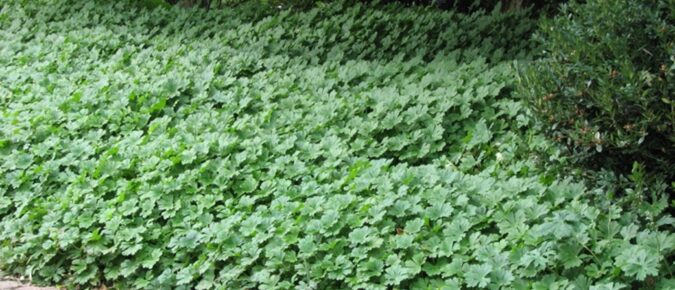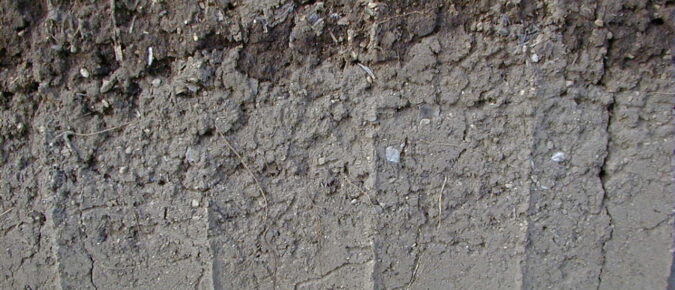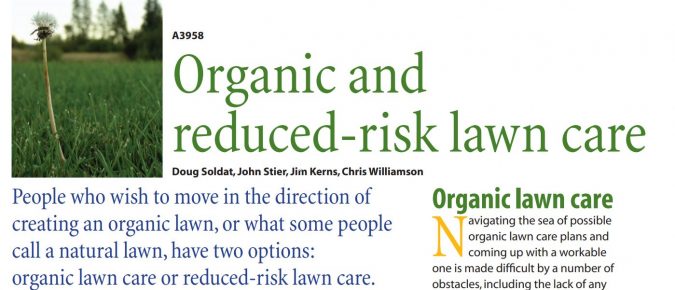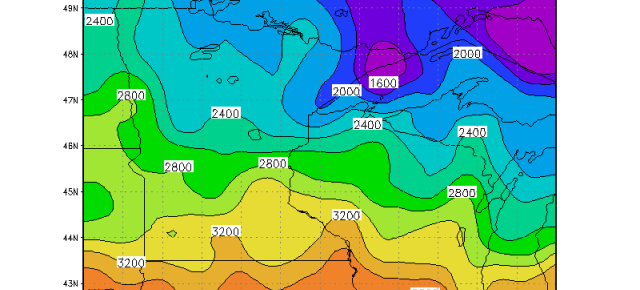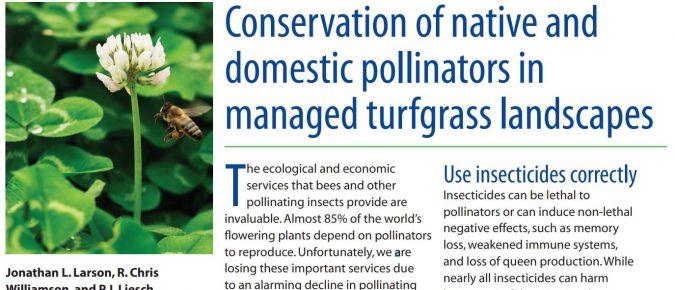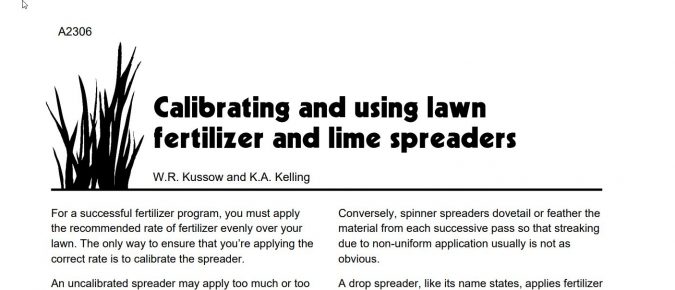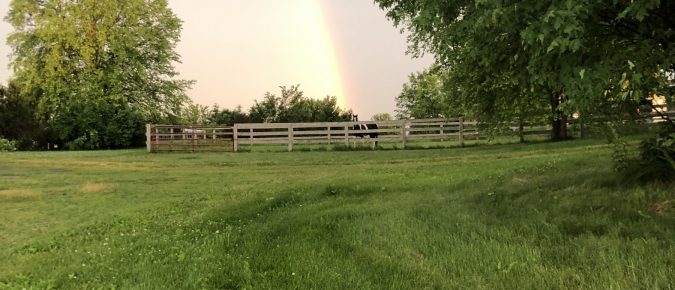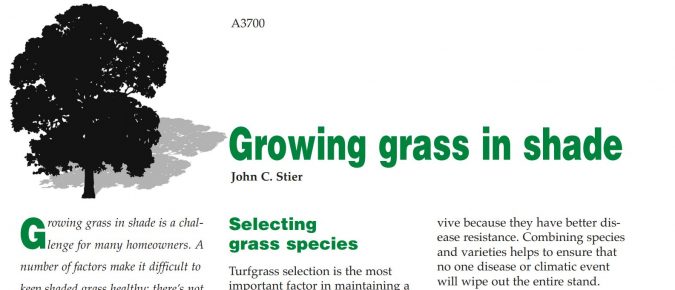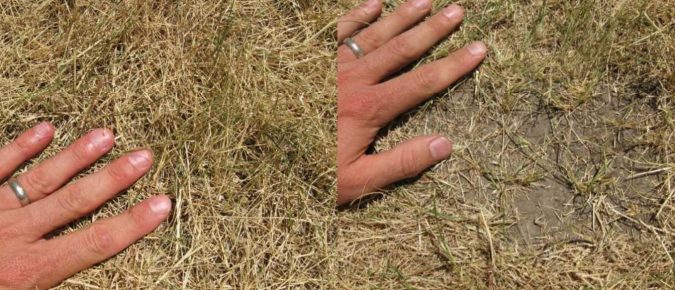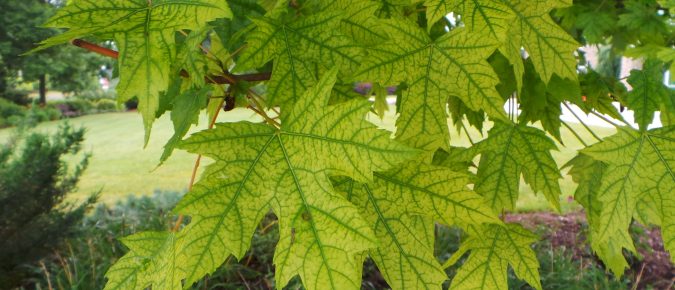Properly timed cultural practices are key to healthy problem free lawns. Learn more about cool-season lawn care practices, including seeding, fertilizing, weed control, repair, and renovation and their optimum timing in Wisconsin.
Groundcover plants are low growing perennials that spread by trailing stems and cover an area of the ground. Groundcovers provide an excellent alternative for turfgrasses in shade and other tough areas in the landscape. Established groundcovers require relatively low maintenance, outcompete weeds, reduce soil erosion, provide habitat for pollinators, and enhance aesthetic beauty in the landscape.
Save money and protect the environment by having your soil tested before applying lime and fertilizer. This concise publication tells you when and how to sample and where to send it for testing.
More and more people wish to move in the direction of creating an organic lawn, or what some people call a natural lawn. This publication helps them decide which route to follow: organic lawn care or reduced-risk lawn care.
Degree Days incorporate temperature and time to quantify the rate of plant and insect development. This useful tool helps predict events such as flowering, harvest, and pest outbreaks.
Bees and other pollinators provide invaluable ecological and economic services. Learn the current best practices for protecting pollinators and improving their habitats in this handy fact sheet.
Learn how to calibrate your spreader to apply the right amount of lime or fertilizer to your lawn or garden.
Over time, lawns may deteriorate due to soil compaction or excess thatch. Aeration can help build a healthier lawn. This publication describes how with additional tips on topdressing and rolling.
Growing grass in shade requires different practices from those used when growing in full sun. This publication outlines management strategies and alternatives for areas where grass just won’t grow.
Wisconsin is prone to dry spells during the summer months, causing our lawns to suffer. This article describes ways to help your lawn survive and recover from these periods of drought.
Proper soil pH allows plants to efficiently take up nutrients. Learn how to reduce high soil pH in this factsheet.
Author(s): Scott Craven, David Drake In this, the third publication in the “Living With Wildlife in Wisconsin” series, the authors describe the curious habits and underground way of life of Wisconsin’s two kinds of moles. They discuss how to limit the damage these velvety animals may cause, either by cutting off their food supply (which […]


